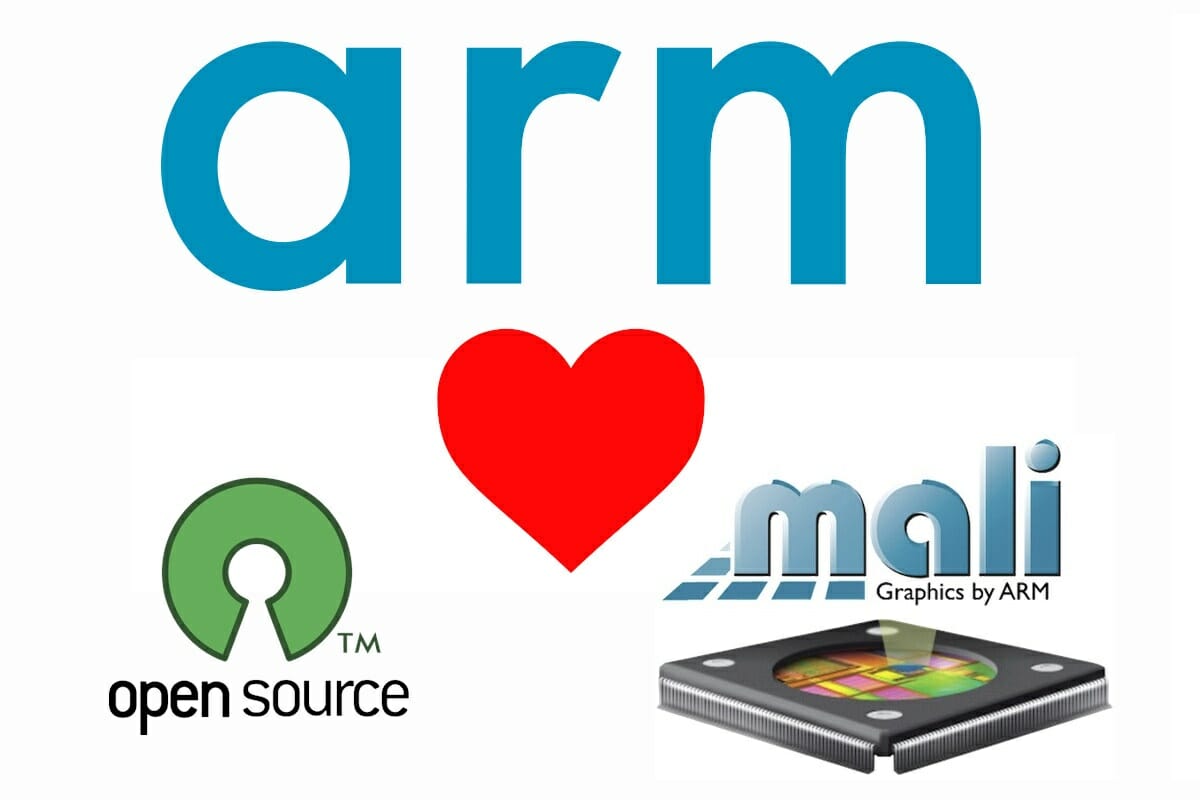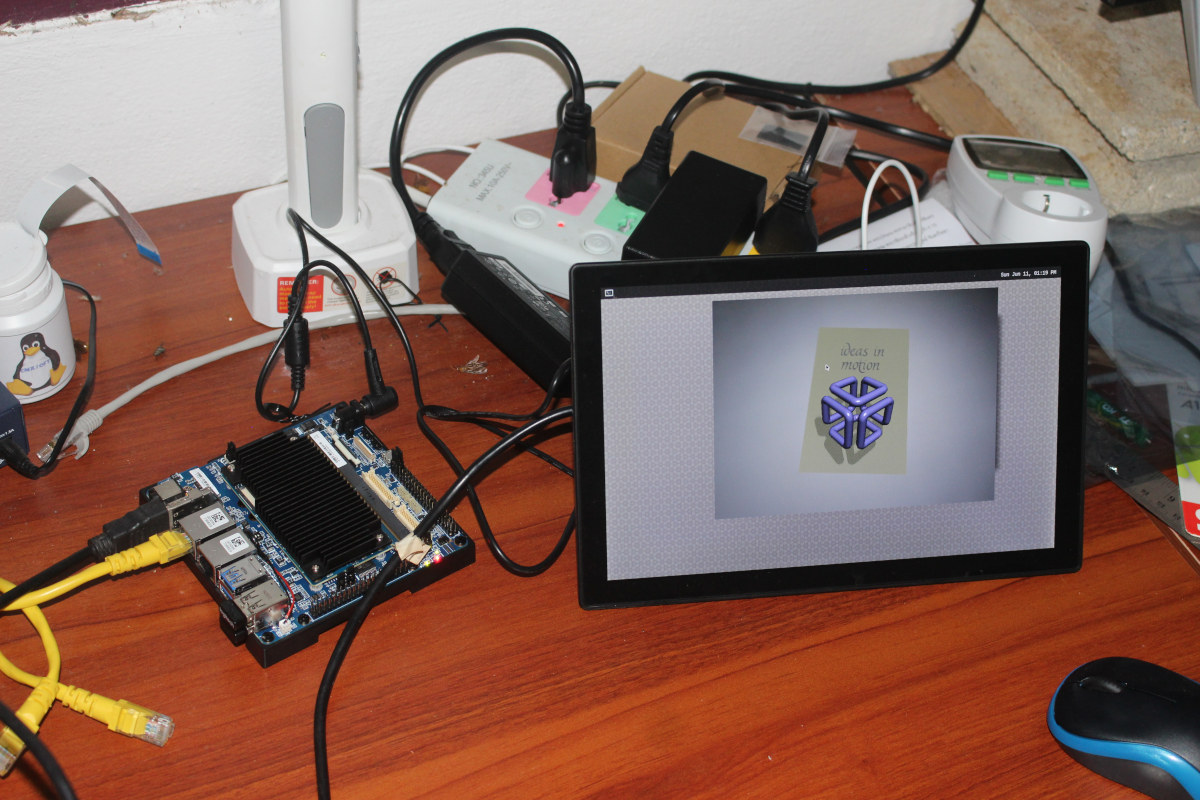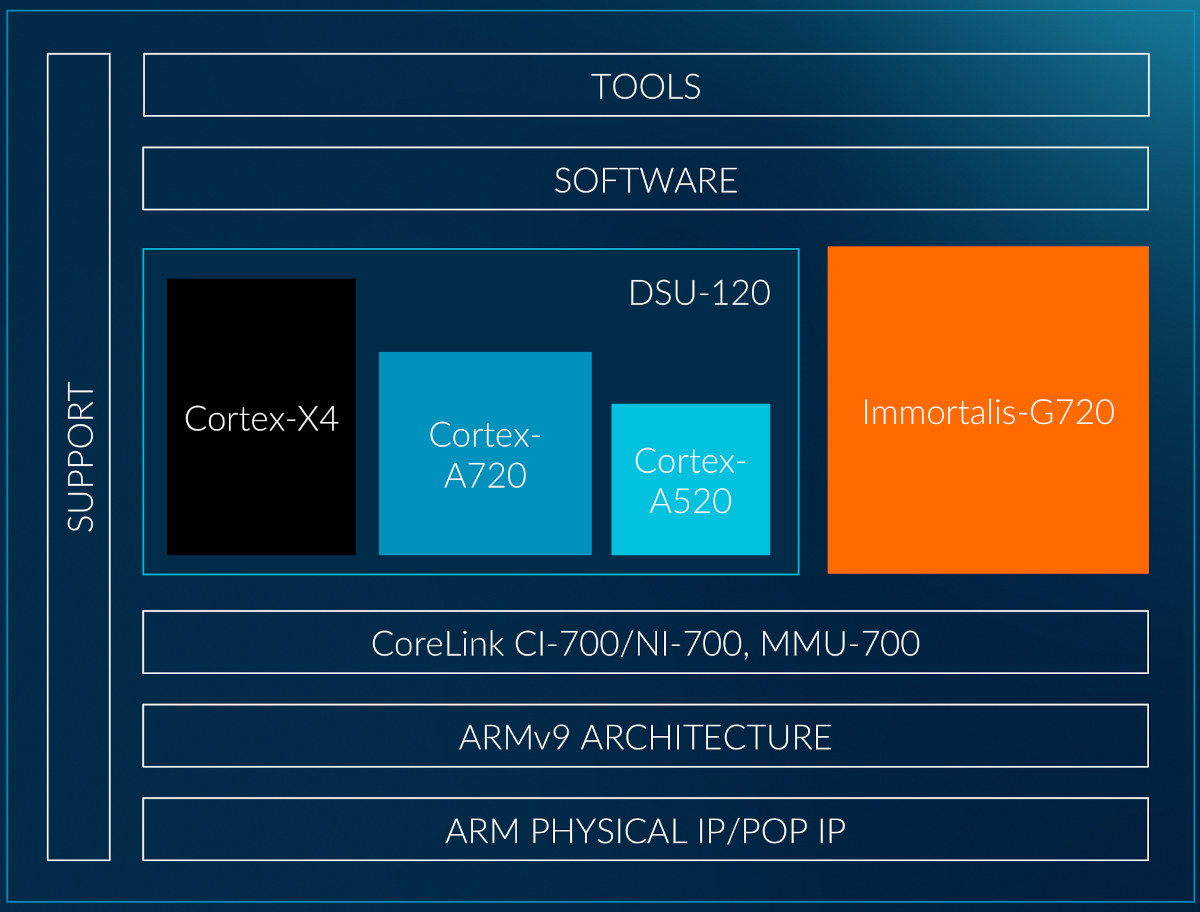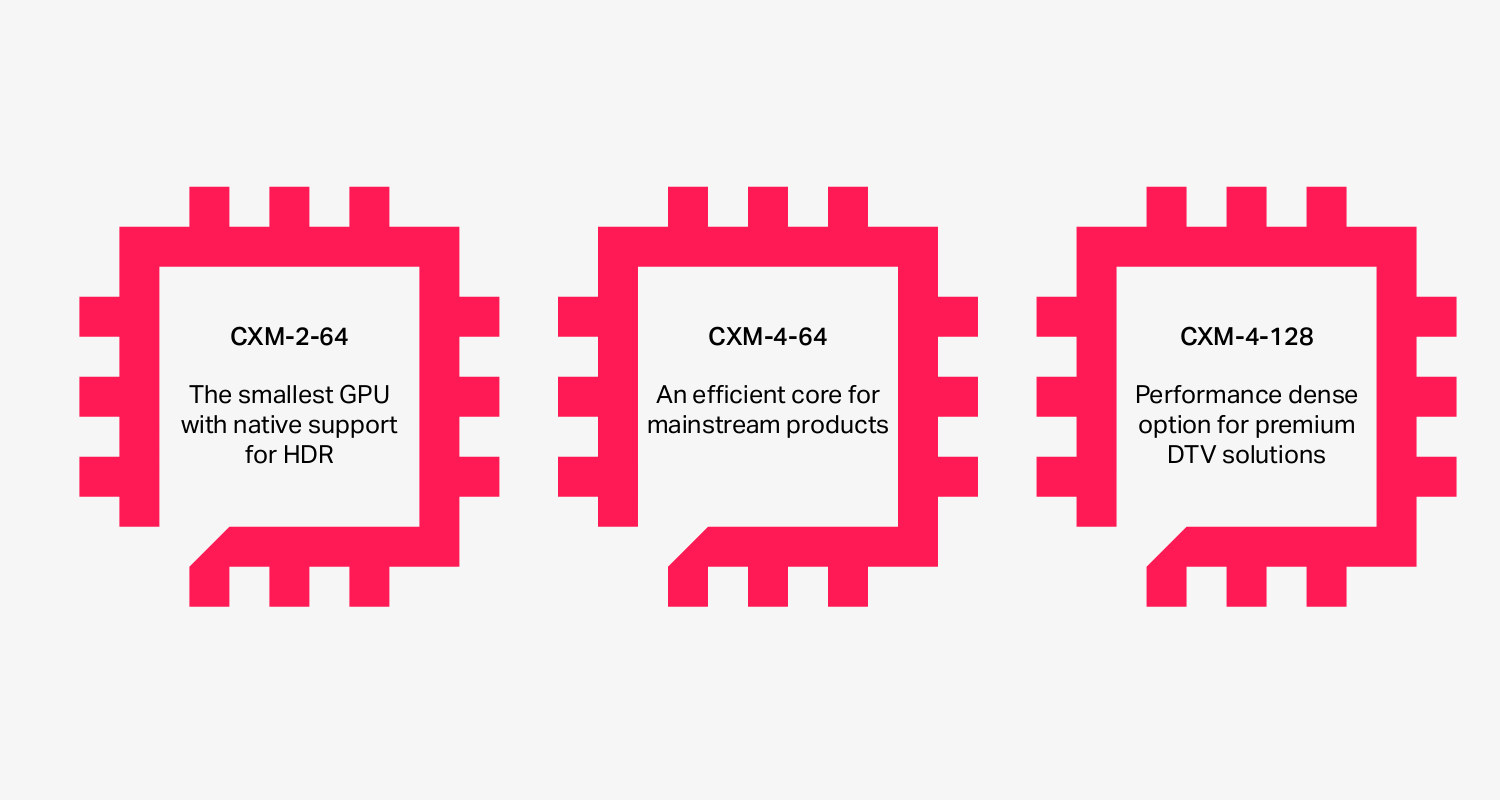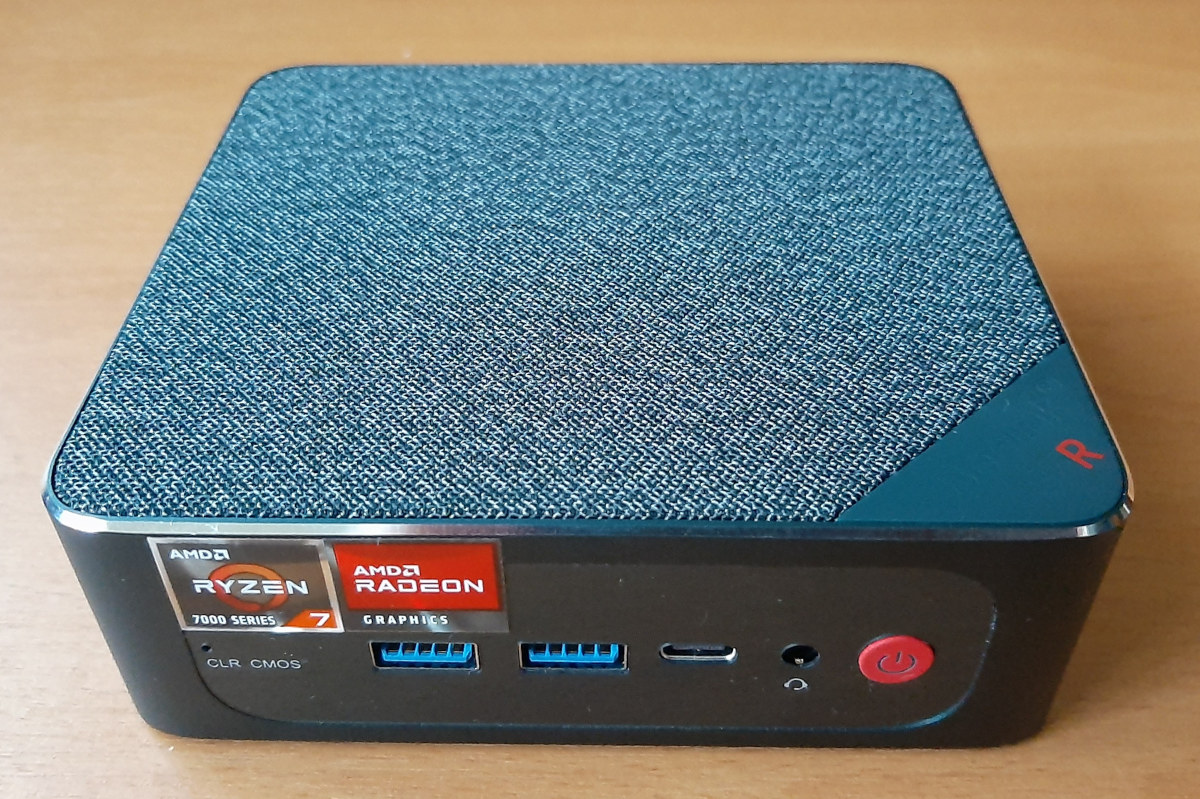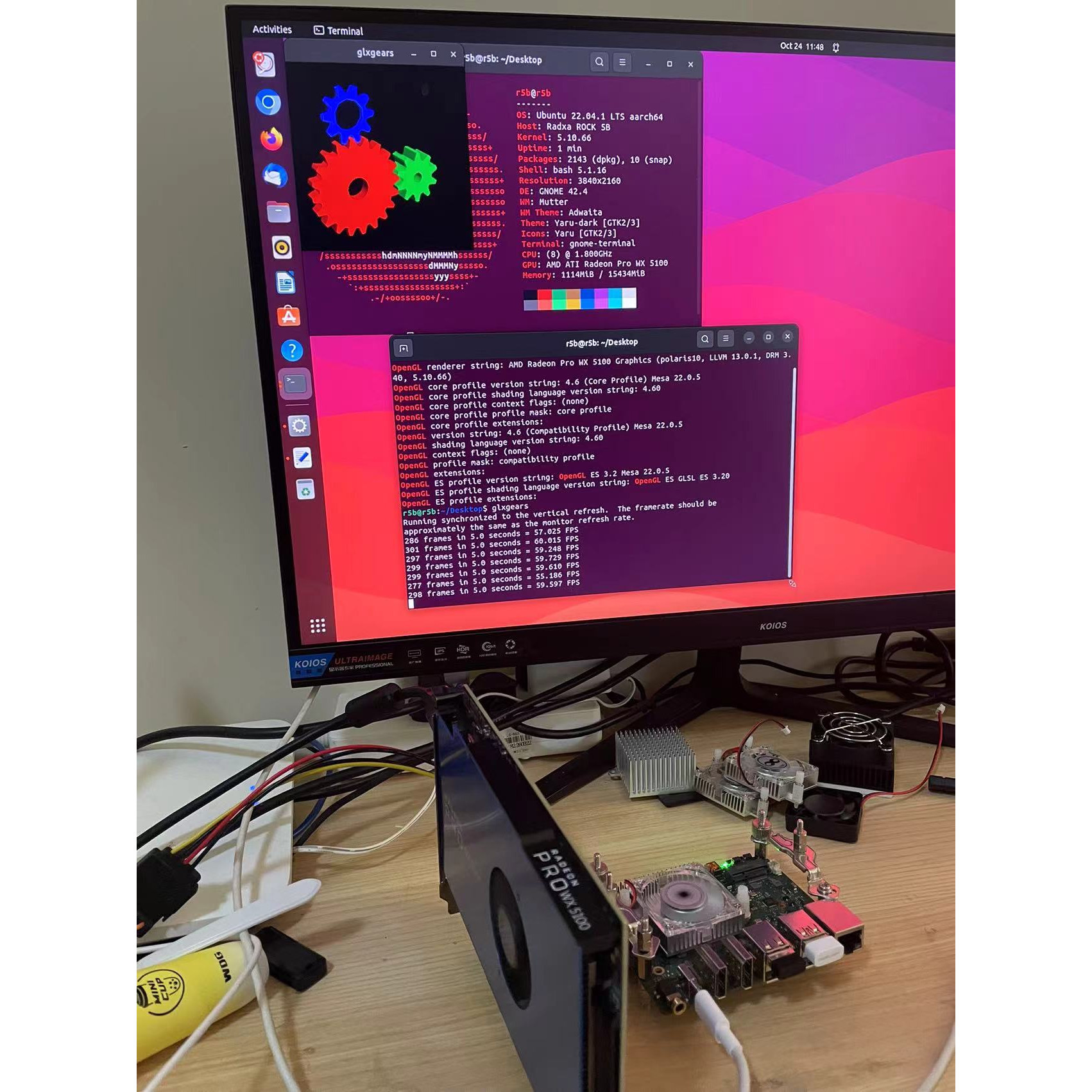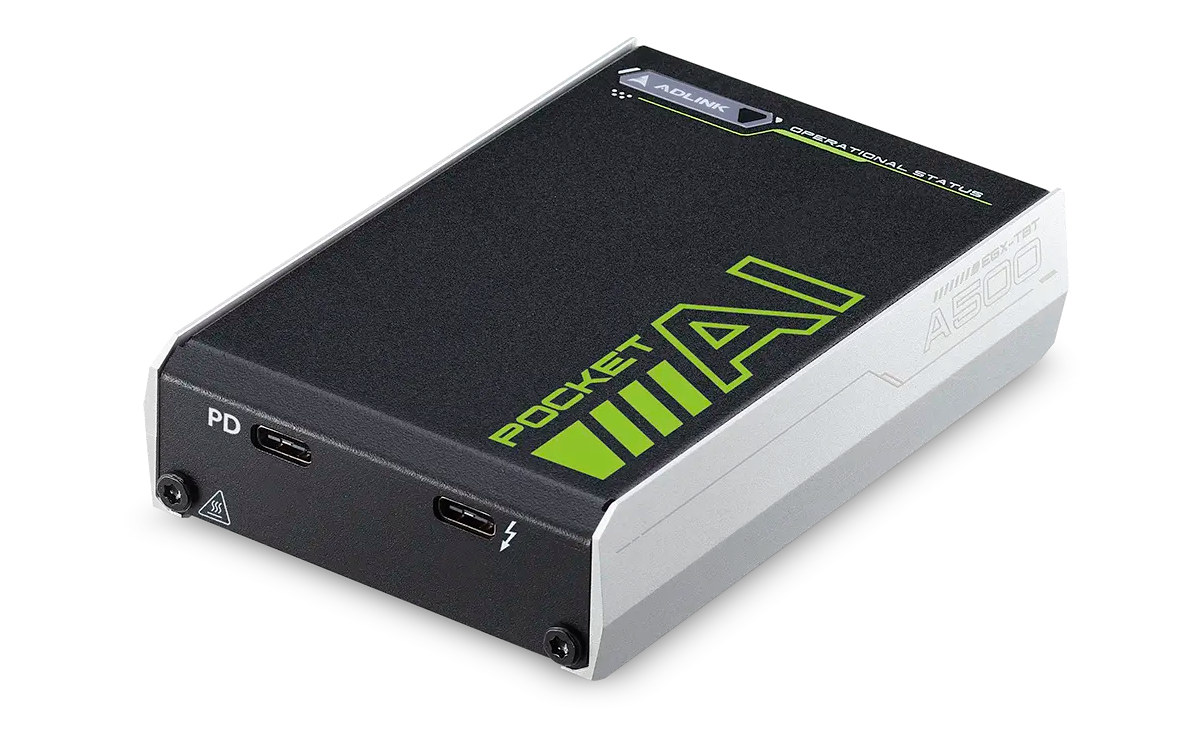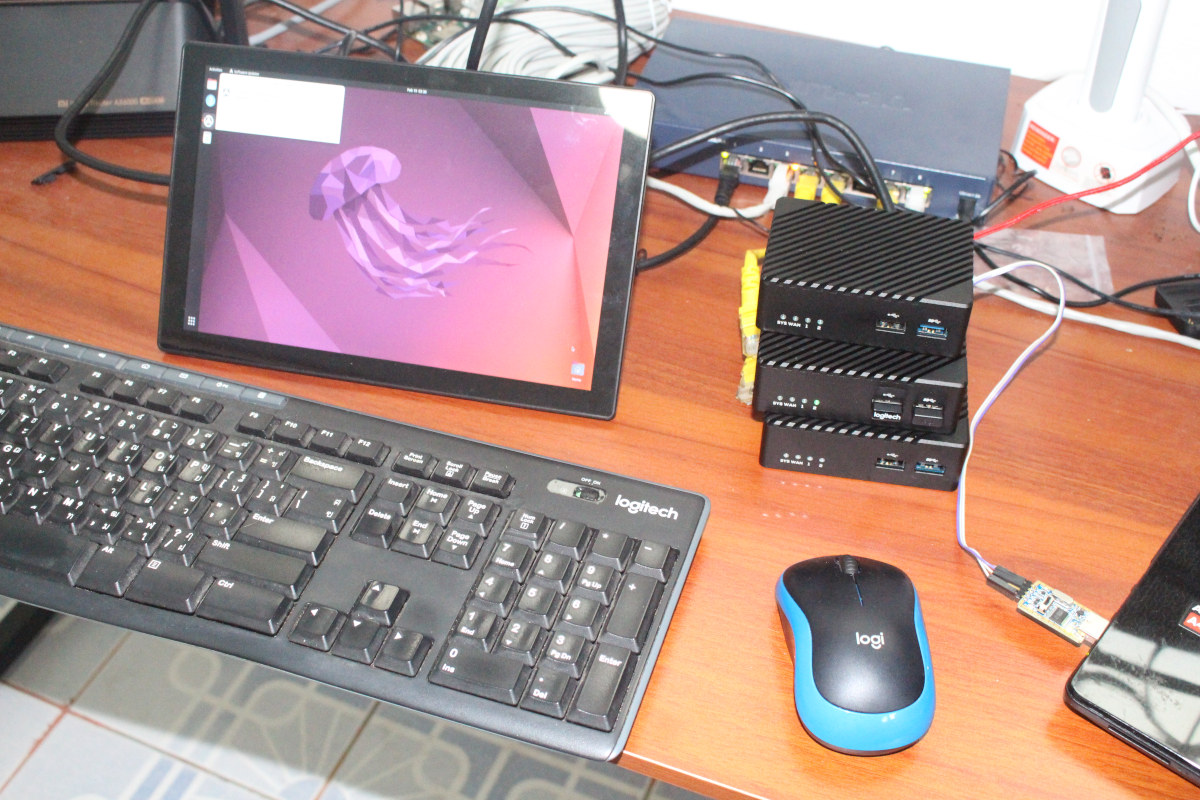Arm is now saying that “in effect, Panfrost is now the GPU driver for the Linux community” after having extended and expanded the collaboration with Collabora for the development of the open-source Panfrost driver for Arm Mali GPUs, following their first official collaboration in the fall of 2020. Arm goes even as far as to claim that “through the Arm and Collabora partnership, device manufacturers can confidently choose SoCs containing a Mali GPU regardless of the software operating system (OS) and graphics middleware… delivering a high-quality open-source Linux implementation which can be used in their products”. Collabora confirmed the new partnership saying Arm will be instrumental in getting Vulkan support in Panfrost alongside the existing OpenGL and OpenGL ES implementations. Going forward that means SBC vendors will have no excuse for not getting 3D graphics acceleration working on Linux with Panfrost when using an Arm SoC with a recent Mali […]
i-Pi SMARC 1200 (MediaTek Genio 1200) devkit tested with a Yocto Linux image
Last weekend I received ADLINK’s i-Pi SMARC 1200 development kit powered by MediaTek Genio 1200 Octa-core Cortex-A78/A55 AIoT processor, checked out the hardware and wanted to install the Yocto Linux image but stopped in my tracks because it looked like I had to install Ubuntu 18.04 first in a Virtual Machine or another computer. But finally, the documentation has been updated to clarify “Ubuntu 18.04 or greater” is required, and I had no problem flashing the image from a Ubuntu 22.04 laptop after installing dependencies and tools as follows:
|
1 2 3 4 5 6 7 8 9 10 |
$ sudo apt install android-tools-adb android-tools-fastboot $ echo 'SUBSYSTEM=="usb", ATTR{idVendor}=="0e8d", ATTR{idProduct}=="201c", MODE="0660", $ GROUP="plugdev"' | sudo tee -a /etc/udev/rules.d/96-rity.rules $ echo -n 'SUBSYSTEM=="usb", ATTR{idVendor}=="0e8d", ATTR{idProduct}=="201c", MODE="0660", TAG+="uaccess" SUBSYSTEM=="usb", ATTR{idVendor}=="0e8d", ATTR{idProduct}=="0003", MODE="0660", TAG+="uaccess" SUBSYSTEM=="usb", ATTR{idVendor}=="0403", MODE="0660", TAG+="uaccess" SUBSYSTEM=="gpio", MODE="0660", TAG+="uaccess" ' | sudo tee /etc/udev/rules.d/72-aiot.rules $ sudo udevadm control --reload-rules $ sudo udevadm trigger $ sudo usermod -a -G plugdev $USER $ pip3 install -U -e "git+https://gitlab.com/mediatek/aiot/bsp/aiot-tools.git#egg=aiot-tools" |
That’s it for the tools. Eventually, the development kit will support three images: Yocto Linux, Android 13 (July 2023), and Ubuntu 20.04 (Q3 2023). So that means only the Yocto Linux image is available from the download page at this time, and that’s what I’ll be using today. We’ll need to connect the micro USB to USB cable between the […]
Arm unveils Cortex-X4, Cortex-A720, Cortex-A520 CPUs, Immortalis-720 GPU
Arm has just announced the new Total Compute Solutions 2023 (TCS23) with Cortex-X4, Cortex-A720, and Cortex-A520 Armv9.2 CPU cores, and the 5th generation (i.e. no Valhall) Immortalis-720 GPU that will initially be found in SoC for premium smartphones and laptops before reaching the other markets over the years. The announcement follows TCS22 platform announced in June 2022 with Cortex-X3, Cortex-A715 and 510 cores plus the Immortalis-715 GPU that was eventually found in the MediaTek Dimensity 9200 SoC integrated into OPPO and Vivo smartphones, and the new TCS23 CPU cores offer up to 15% performance improvement, 40% higher efficiency, while the Immortalis-720 GPU offers similar performance and efficiency improvements on the graphics front. A typical TCS23 mobile SoC will have a Cortex-X4 premium core, a few Cortex-A720 high-performance cores, and a few Cortex-A520 efficiency cores managed by the new DynamIQ Shared Unit DSU-120 capable of handling up to 14 cores in […]
Imagination IMG CXM is a small GPU with HDR support for TV boxes, wearables, and Smart Home appliances
Imagination IMG CXM is a power-efficient embedded GPU family with HDR support user interfaces, thus enabling OEMs to provide users the enriching visual experience they have come to expect but at a lower cost and with more design flexibility. The new CXM GPUs also deliver close to 50% performance density improvement over IMG BXM consumer GPUs, offer support for 10-bit RGBA/YUV to deliver a HDR graphical user interface with less visible banding, and integrate well with Imagination RISC-V CPUs. Three CXM GPUs are available: The CXM-2-64 with 2 pixels per clock (PPC) and 64 FLOPS per clock is the smallest GPU with native support for HDR The CXM-4-64 with 4 pixels per clock (PPC) and 64 FLOPS per clock targets mainstream products The CXM-4-128 with 4 pixels per clock (PPC) and 128 FLOPS per clock targets is better suited to “premium DTV solutions” All share the following features: 10-bit RGBA/YUV […]
Beelink SER6 Pro 7735HS Review – Windows 11 benchmarks, USB4 port tested with NVIDIA RTX 3050 eGPU’s
Previously I reviewed Beelink’s SER6 Pro mini PC when it was released with an AMD Ryzen 7 6800H processor, mentioning that a ‘refreshed’ model had since been released. Beelink have kindly sent me this updated model which now uses an AMD Ryzen 7 7735HS. Given this is virtually an identical processor with just a 50 MHz improvement to the boost frequency, this review will look at confirming that the Windows performance is just as good as before and also revisiting the issues faced previously with the USB4 port. Spoiler alert: the USB4 now works perfectly! Beelink SER6 Pro 7735S specification Beelink list the SER6 Pro 7735HS specifications as: with the only differences to the original SER6 Pro being firstly the AMD Ryzen 7 7735HS processor which has a Max Turbo Frequency of 4.75GHz, and secondly that two variations are also available: one with ports exactly the same as the original […]
AMD Radeon PCIe graphics card tested with a Rockchip RK3588 SBC (Radxa Rock 5B)
When Rockchip first introduced the Rockchip RK3399 processor with a PCIe interface people initially hoped they could connect graphics card, but those hopes were quickly squashed due to a 32MB addressing limit. However, the PCIe implementation on the newer Rockchip RK3588 processor does not have such a limitation, and last November, Radxa teased a demo with an AMD Radeon Pro WX 5100 PCIe graphics card connected to the Rock 5B SBC running the glxgears demo on the Radeon GPU. I couldn’t find any instructions to reproduce this setup, but this got Jasbir interested, and he tried to do a test of his own with the Radxa Rock 5B connected to an AMD Radeon R7 520 (XFX R7 250 low-profile) through an “M.2 Key M Extender Cable to PCIE x16 Graphics Card Riser Adapter” ($14 plus taxes on Aliexpress) and powered by an LR1007 120W 12VDC ATX board. The experiment was […]
Pocket AI – A portable NVIDIA RTX A500 eGPU for AI developers, embedded & industrial applications
We’ve previously seen it’s possible to connect an eGPU to a mini PC through a PCIe x16 to M.2 NVMe adapter or a Thunderbolt 3 port, but while it’s fine to install on your desk for gaming or develop AI applications, the eGPU being larger than most mini PCs, it’s a little too big to integrate into products, and potentially inconvenient to carry around. ADLINK Pocket AI portable eGPU changes that with an NVIDIA RTX A500 GPU housed in a 106 x 72 x 25mm box that’s about the size of a typical power bank and connects to a host through a Thunderbolt 3 connector. The company says the upcoming eGPU is mostly designed for AI developers, professional graphics users, and embedded industrial applications, but can also be for gaming. Pocket AI specifications: GPU – NVIDIA RTX 500 Architecture – NVIDIA Ampere GA107 Base clock: 435 MHz Boost clock: 1335 […]
NanoPi R6S RK3588S mini PC & router review – Part 2: Ubuntu 22.04
NanoPi R6S is both a mini PC and a router based on Rockchip RK3588S processor. I received some samples in November and started the NanoPi R6S review with OpenWrt/FriendlyWrt quickly testing the 2.5GbE interfaces and routing with iperf3, and it worked pretty well. But using a system with an octa-core Cortex-A76/A55 processor and 8GB RAM as an OpenWrt router only feels like a waste of resources, so I wanted to install a more versatile operating system – Ubuntu 22.04 – for further testing. My struggles installing Ubuntu 22.04 on NanoPi R6S FriendlyELEC provides various images on the Wiki either booting from an SD card, installing from a MicroSD to the eMMC flash (aka eFlasher imagers), or flashing through USB with Windows tools. I like the eFlasher images since the OS runs from the internal eMMC flash and no special tools are needed. I had just used the FriendlyWrt eFlasher image, […]


